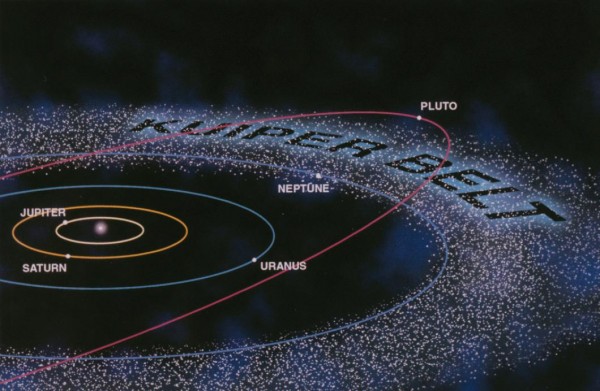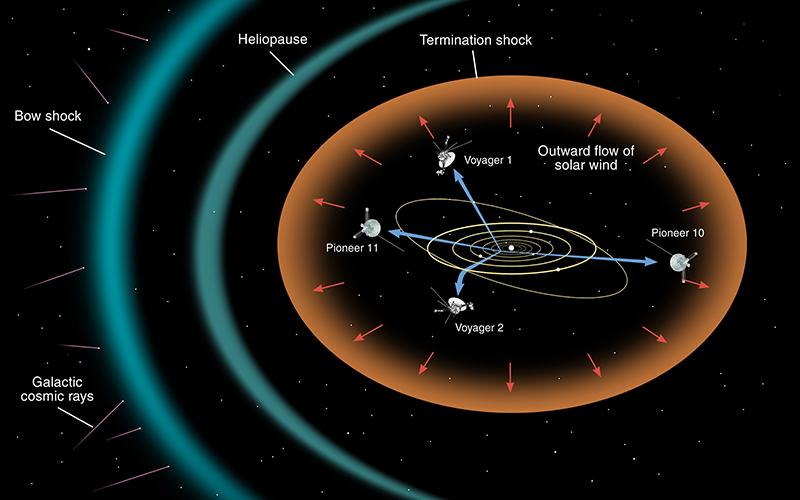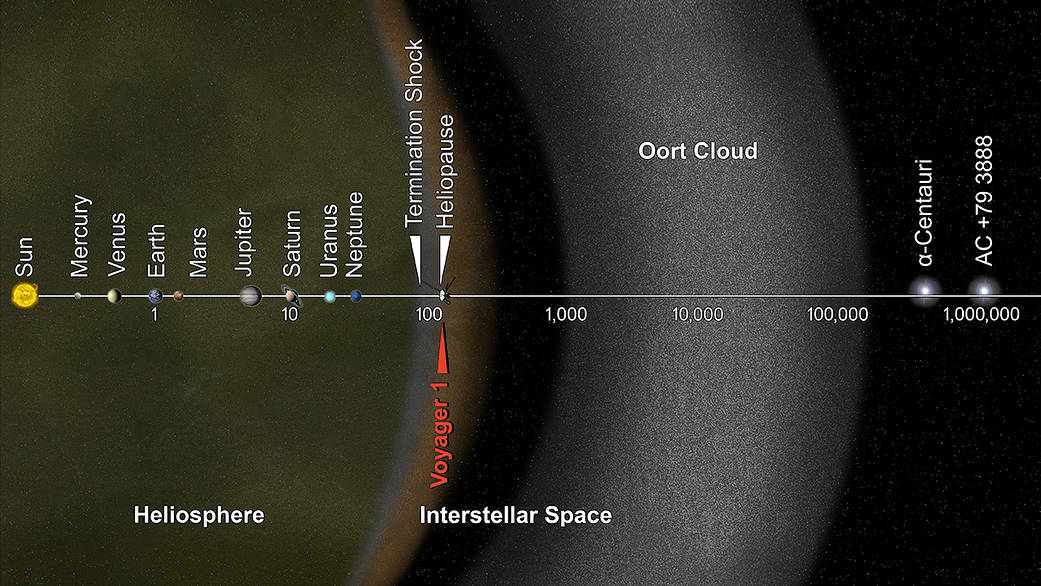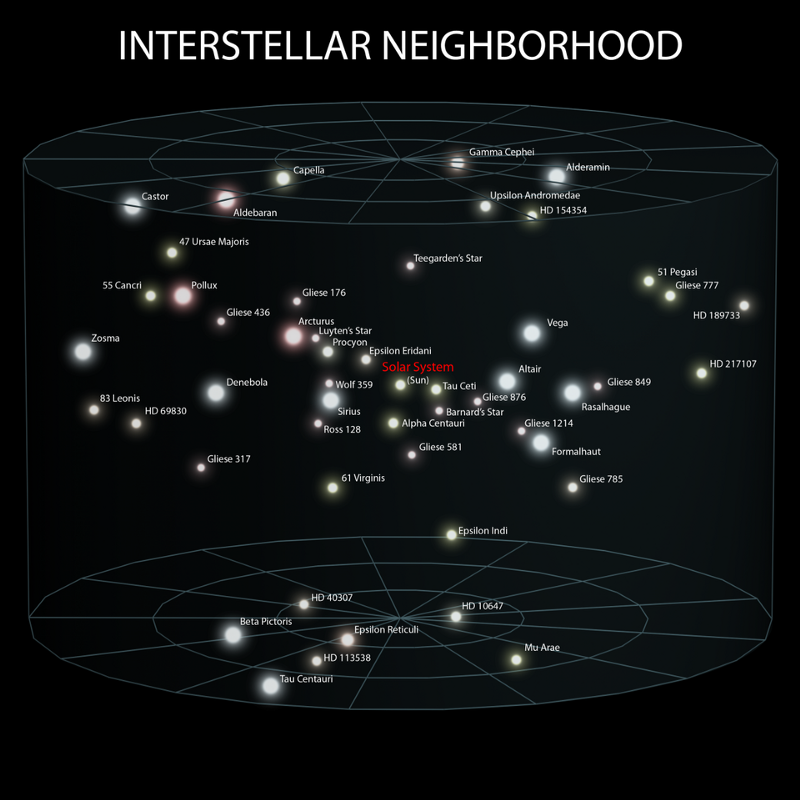Oort Cloud and the larger Solar System:
To understand the Oort cloud and the larger structure of the solar system it makes sense to build outward from what we typical think about as the planetary solar system. The Kuiper belt is a region of the solar system that you might visualize as another asteroid like belt just beyond Neptuen and Pluto. An important feature of the Kuiper Belt is that both Neptune and Pluto move thorugh the Kuiper Belt at times and disrupt the orbits of obects in the belt. These objects sometimes begin to move into the inner solar system where we see them as comets. In some cases the larger objects may be captured as moons by some of the outer planets. This may be part of the reason for the large variation in the structure of the moons of Jupiter and Saturn. One characteristic of Kuiper Belt objects that form comets is their period which is typically a just hundreds of years or less.

Image credit: NASA and G. Bacon.
As we move out through the solar system past the Kuiper Belt we enter a region where the outward flow of material from the sun meets the flow of material orbiting the galaxy. This leads to bow waves much like a boat on a lake. Our furthest out probes are just now meeting the first of these features.

Image credit: JPL
This graphic gives us a sense of the region where we predict the Oort cloud to be. For various observational reasons we expect the Oort cloud to surround us in all directions and not just in the plane of the solar sytem. (How might we observe this?) Oort cloud objects would have very long orbit times which is how we think we've seen them. (Sedna)

Image credit NASA
A reminder again about the scale of our local neighborhood of stars....

As we heard previously there is some possibility that other stars in the galaxy will someday pass close to us. The most likely scenario is that they will pass close in a galactic sense and disrupt objects in the Oort cloud which might then pass through the inner solar system where we could see them. The graph below show one set of calculations of the likelihood of a star or star like object passing close to our solar system. You can read the whole discussion from Ethan Siegal here.

We will discuss what this means and how we might test these ideas.
